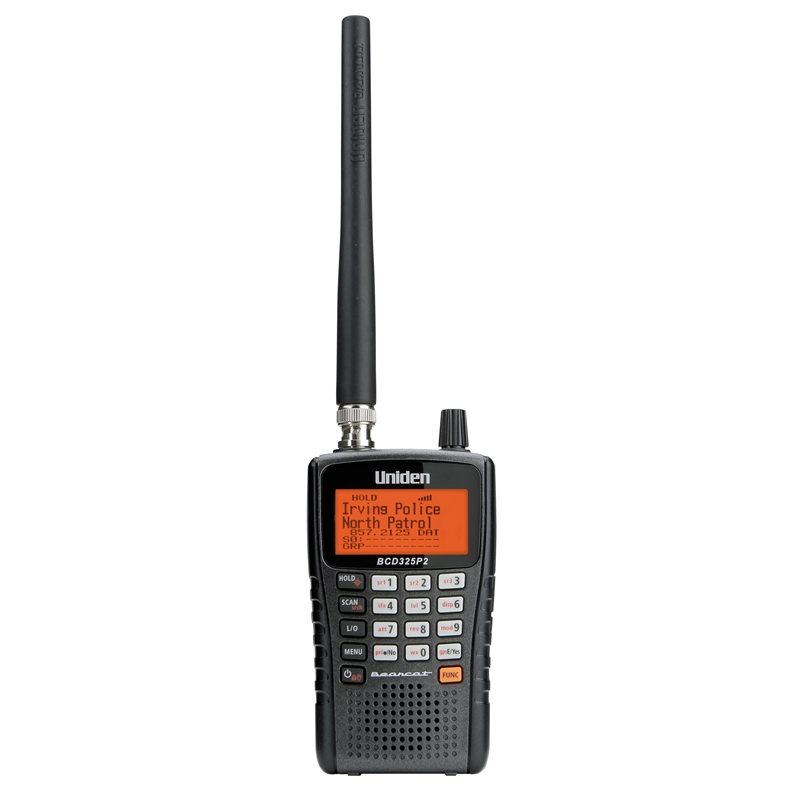


Fluorine-18 is most readily prepared in high specific activity as no-carrier-added fluoride ion, by proton irradiation of H 2O ( 18O(p,n) 18F nuclear reaction) in medical cyclotrons. Consequently, there is a rapidly growing demand for new 18F-labelled agents to probe biological processes and targets in vivo 6. Polyfunctional molecules and a range of previously elusive 18F-labelled building blocks, compounds and radiopharmaceuticals are synthesized.įluorine-18 ( 18F t ½=109.7 min) labelled compounds and radiopharmaceuticals are the mainstay of functional molecular imaging by positron emission tomography (PET) for a broad range of applications including clinical diagnosis and drug discovery 1, 2, 3, 4, 5. This methodology proves to be efficient for radiolabelling a diverse range of non-activated functionalized arenes and heteroarenes, including arene substrates bearing electron-donating groups, bulky ortho functionalities, benzylic substituents and meta-substituted electron-withdrawing groups.


Here we describe an effective solution that relies on the chemistry of spirocyclic hypervalent iodine(III) complexes, which serve as precursors for rapid, one-step regioselective radiofluorination with fluoride. Despite extensive efforts to develop a general 18F-labelling technique for non-activated arenes there is an urgent and unmet need to achieve this goal. Nucleophilic aromatic substitution reactions of suitably activated (electron-deficient) aromatic substrates with no-carrier-added fluoride ion are routinely carried out in the synthesis of radiotracers in high specific activities. Fluorine-18 ( t ½=109.7 min) is the most commonly used isotope to prepare radiopharmaceuticals for molecular imaging by positron emission tomography (PET).


 0 kommentar(er)
0 kommentar(er)
